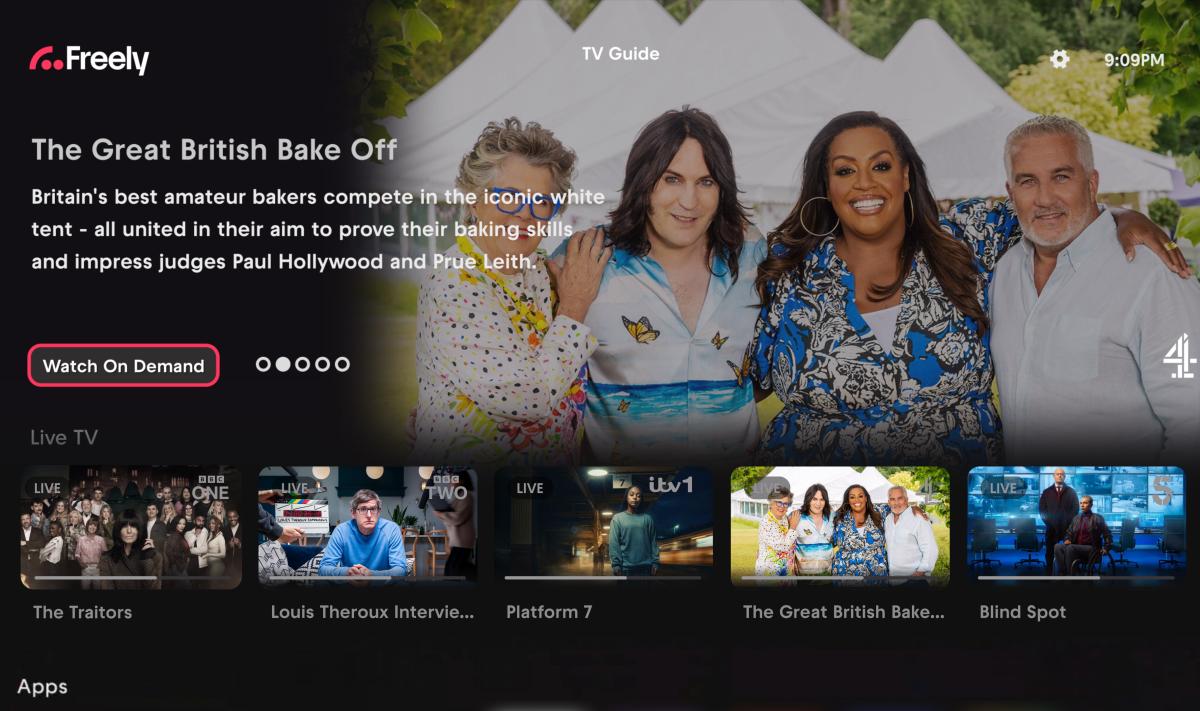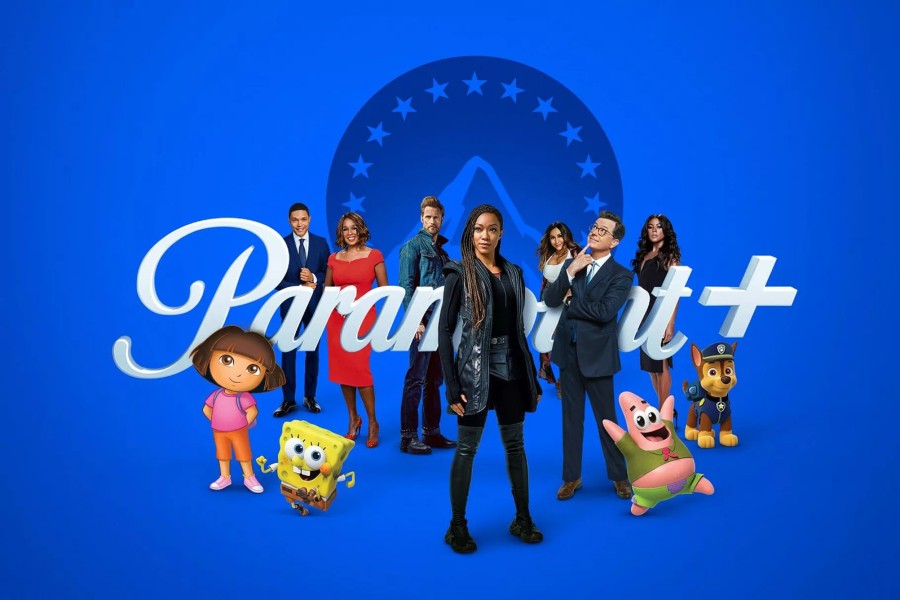 In case you haven’t noticed, AOL announced it is to acquire Adap.tv, a programmatic video advertising platform, in a deal worth $405 million, comprised of $322 million in cash and $83 million in AOL stock. The acquisition is the icing on the cake for AOL, who – under CEO Tim Armstrong and Ran Harnevo, SVP, Video – have bet the family farm on AOL’s video strategy. While AOL already had a wide ranging video offering, the ability to enable buyers and sellers to trade programmatically was the one missing component. And Adap.tv – with its dual focus on both buyers and sellers – is a great fit.
In case you haven’t noticed, AOL announced it is to acquire Adap.tv, a programmatic video advertising platform, in a deal worth $405 million, comprised of $322 million in cash and $83 million in AOL stock. The acquisition is the icing on the cake for AOL, who – under CEO Tim Armstrong and Ran Harnevo, SVP, Video – have bet the family farm on AOL’s video strategy. While AOL already had a wide ranging video offering, the ability to enable buyers and sellers to trade programmatically was the one missing component. And Adap.tv – with its dual focus on both buyers and sellers – is a great fit.
Loosely speaking, you could say that AOL have been building a ‘video stack’ over the last few years. However, AOL’s video stack isn’t a Doubleclick or Adobe-style platform, where everything is tightly (or slightly) integrated in a unified UI, nor is it confined to media buying and selling.
Instead, AOL have built out a comprehensive – almost exhaustive – set of video content and marketing services, many of which will always need to retain a certain amount of independence from the others, including:
- AOL is now producing content for brands, for their own sites and for syndication (something TV broadcasters have been doing for years). AOL’s On Network has been second for video views in 9 of the last 12 months on the US Comscore rankings, duking it out mainly with Google and Facebook.
- The network includes content from over 60 AOL-owned titles including Engadget, TechCrunch, HuffPost Live, and Moviefone, as well as some content partners, including Martha Stewart Living Omnimedia, Travel Channel, and E!
- AOL’s Be On network (formerly Go Viral) offers content distribution, also known as ‘seeding’ or ‘social advertising’ to brands. Be On have also been refreshing the offering by also providing creative services in a bid to make the service more relevant to advertisers. Goodbye viral video, hello branded content.
- Advertising.com, AOL’s ad network, and Adtech, AOL’s ad server, both have a video component.
- While the service is run by Freewheel and Mediaocean, AOL are a publisher partner for an innovative new service that enables TV buyers to buy AOL inventory along with their TV buys via a TV/video hybrid buying platform.
Taken together, it’s a formidable set of video content and services, most of which are as well-positioned and as future-proof as anything else on the market (assuming Adap.tv’s tech and expertise can give a new lease of life to Adtech and Advertising.com). Stitching it all together, or knowing when it’s necessary to keep the pieces apart, will be the job of recently hired CEO of AOL Networks, Bob Lord, who will need to live up to the reputation he built up at Razorfish for blending creativity, technology and media.
The only downside to the acquisition could be a perceived conflict of interest from publishers, some of whom might feel concerned about working with a company acting as a video publisher and as an ad tech vendor. But that’s a road AOL will have been down before with Adtech and Advertising.com, not to mention the fact that Google, the market leader, has a similarly broad range of publishing and ad tech interests. As is so often the case, getting ahead in digital often requires you to get into bed with your rival.
A Challenger for Google?
So where next for AOL’s video strategy? Can they take on Google, if only in video? While the acquisition hasn’t magically transformed AOL into a Google-beater overnight, they do now have the infrastructure to start catching up.
One thing driving that growth will be the fact that AOL’s sales people will now have numerous opportunities to cross-sell between the various video products. For example, a publisher in need of premium video content could theoretically acquire content from AOL On, sell the resulting inventory on Advertising.com or in Adap.tv’s exchange, and use Adtech to serve any display/mobile/video ads (or Adap.tv for video ads). On the buy-side, there are equally numerous opportunities to cross-sell between the content production, seeding and media serving/buying services.
Google can of course offer most of AOL’s services too and the company’s massive scale in video still towers over AOL and everyone else in the market. But the bigger Google gets, the harder it is for the company to remain focused and to position itself as any one thing. AOL, however, appears to be becoming a video company first and foremost, which is an excellent place to be as TV moves online.




